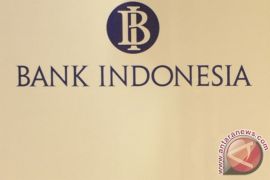Long term debts made up US$273.2 billion or 87.7 percent of the total debts by February, 2016, growing 5.8 percent from year earlier, the central bank said in a report on Monday.
Meanwhile, short term debts fell 9.5 percent to US$38.3 billion, the report said.
The foreign debts were still dominated by the debts of the private sector, which accounted for 52.8 percent for the total though declining over the past year.
The debts of the private sector fell 0.7 percent to US$164.6 billion by the end of February, 2016 .
On the contrary, the debts of the public sector including the government debts, rose 9 percent (yoy) to US$146.9 billion or 47.2 percent of the total foreign debts .
The debt of the private sector were mainly for the financial , manufacturing, mining, and utility (electric, gas and drinking water) sectors -- accounting for 76.1 percent of the total foreign debts of the private sector.
In comparison with January, the annual growth of debts for the utility sector increased in February, 2016 , but the growth of debts for financial, mining and manufacturing sectors slowed.
Executive Director of Bank Indonesia for Communications Tirta Segara said the development of the foreign debts of the private sector were still healthy , but the central bank will continued to be watchful of the risk .
"Bank Indonesia will continue to monitor developments of the foreign debts especially debts of the private sector," he said .
A researcher form Intitute for Development of Economics and Finance Bhima Yudhistira Adinegara described as "positive" the position of the government foreign debt to be used for productive sector.
The government has increased foreign debts to finance infrastructure projects and to strengthen state companies, he noted.(*)
Editor: Heru Purwanto
Copyright © ANTARA 2016







